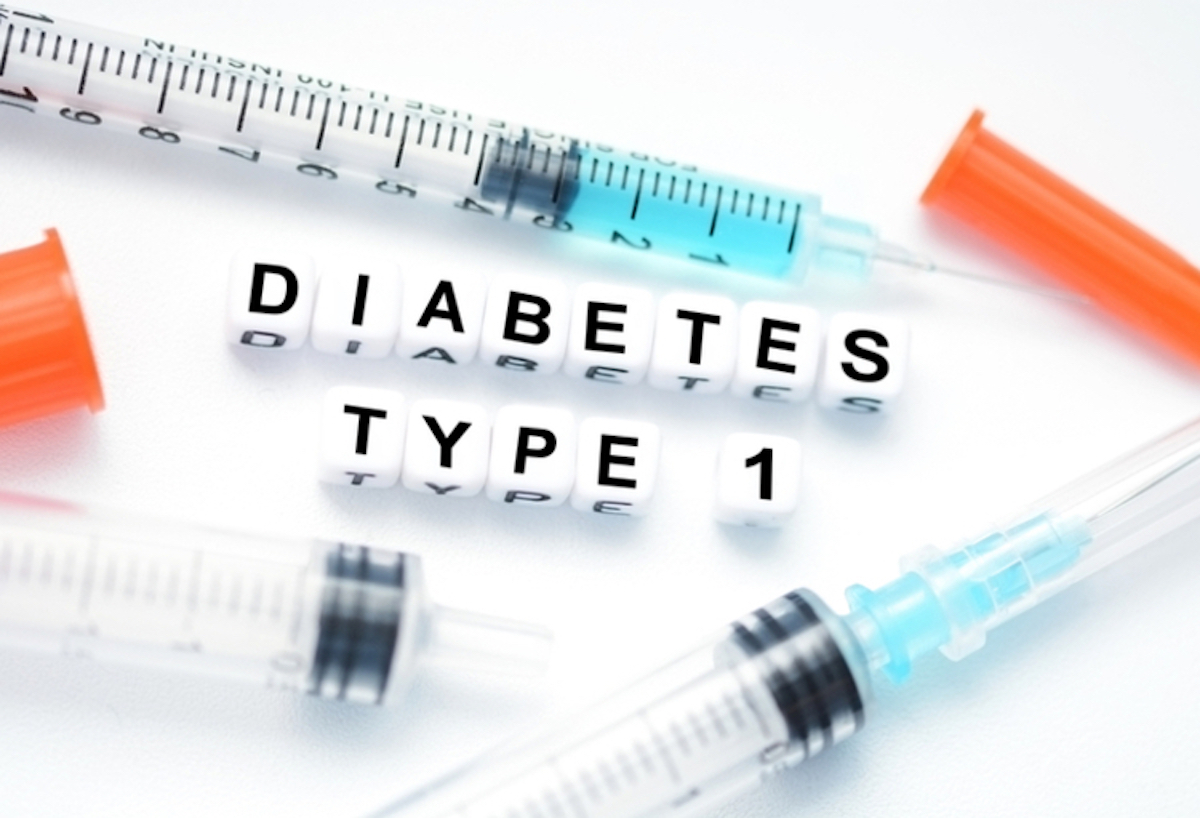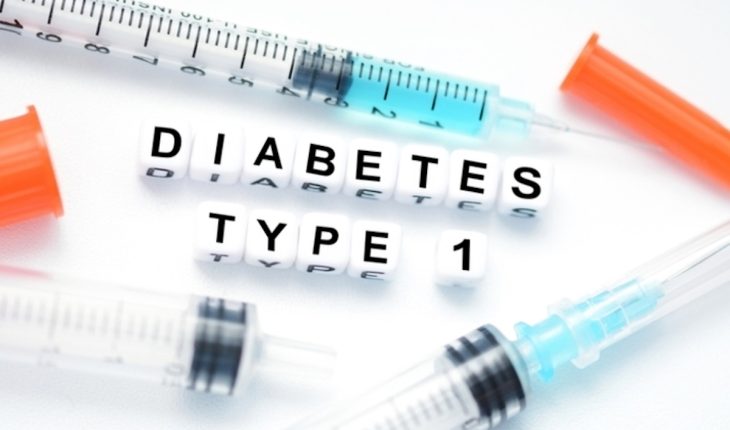Diabetes, a chronic condition affecting millions worldwide, comes primarily in two forms: type 1 and type 2. While both types share the hallmark of high blood sugar levels, their origins are distinctly different. Type 1 diabetes is an autoimmune disease where the body’s immune system attacks the insulin-producing cells in the pancreas, leading to insulin deficiency. In contrast, type 2 diabetes usually results from the body’s inability to use insulin effectively, often linked to lifestyle factors. Understanding these differences is crucial in managing and treating each type effectively. In type 1 diabetes, the lack of insulin leads to a range of symptoms that can significantly impact daily life. Here, we explore five key diabetes type 1 symptoms of this condition.

1. Increased Thirst and Urination
Increased thirst and urination are often among the first signs of Type 1 diabetes. This happens when there’s too much glucose, or sugar, in the blood. The kidneys, which filter blood, have to work extra hard to deal with this excess sugar. If they can’t handle all of it, the extra sugar goes into the urine.
This process also pulls out a lot of water from the body, leading to dehydration. Because the body is losing so much water, people feel very thirsty and drink more fluids. Then, because they’re drinking more, they need to urinate more often, too. It’s a cycle of feeling thirsty, drinking more, and then going to the bathroom more often. This cycle is a key sign of Type 1 diabetes and shows how the body is trying to get rid of the extra sugar.
2. Irritability and Mood Changes
Irritability and mood changes are common in people with Type 1 diabetes, mainly because their blood sugar levels can go up and down a lot. When blood sugar levels change quickly, it can make someone feel very irritable, anxious, or even depressed. These mood swings can be tough, not just for the person with diabetes but also for their friends and family. It’s hard when you feel fine one moment and then suddenly feel angry or sad the next, just because your blood sugar level changed.
This can make it challenging to get along with others and can affect relationships. It’s important for both the person with diabetes and those close to them to understand that these mood changes are a part of the condition and to find ways to deal with them together. Of course, these 2 symptoms aren’t the only ones to recognize Diabetes Type 1. Continue your search on the next page for more symptoms.

